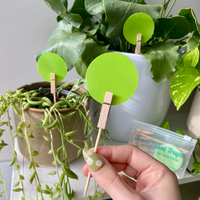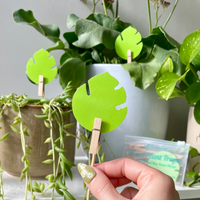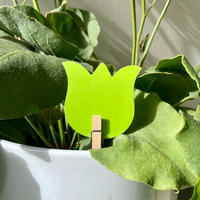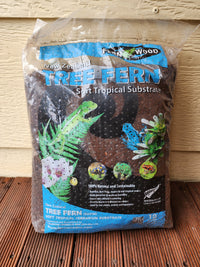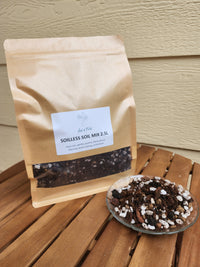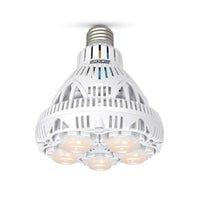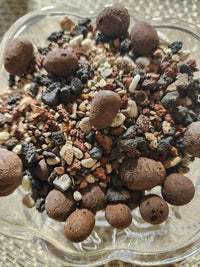Fungus gnats can undermine thriving indoor gardens by laying eggs in moist potting mix and feeding on delicate roots. Leaf of Faith’s yellow sticky traps offer a natural, non-toxic way to intercept adult gnats before they breed. In this guide, you’ll discover what fungus gnats are, how our sticky traps work, the key benefits and application methods, complementary prevention strategies and where Australian plant enthusiasts can find these eco-friendly traps.
What Are Fungus Gnats and Why Are They a Problem for Indoor Plants?
Fungus gnats are tiny dipteran pests whose larvae feed on fungi and root hairs in potting soil. Overwatering and rich organic mixes create an ideal breeding habitat, leading to rapid population growth. Understanding their life cycle, damage, and detection is the first step in regaining control.
How Do Fungus Gnats Affect Houseplants and Seedlings?
Larvae tunnel through soil, severing fine roots and causing stunted growth, yellowing leaves and root rot in seedlings. Adult gnats lay up to 200 eggs at a time, perpetuating root damage and reducing overall plant vigour.
What Is the Life Cycle of Fungus Gnats?
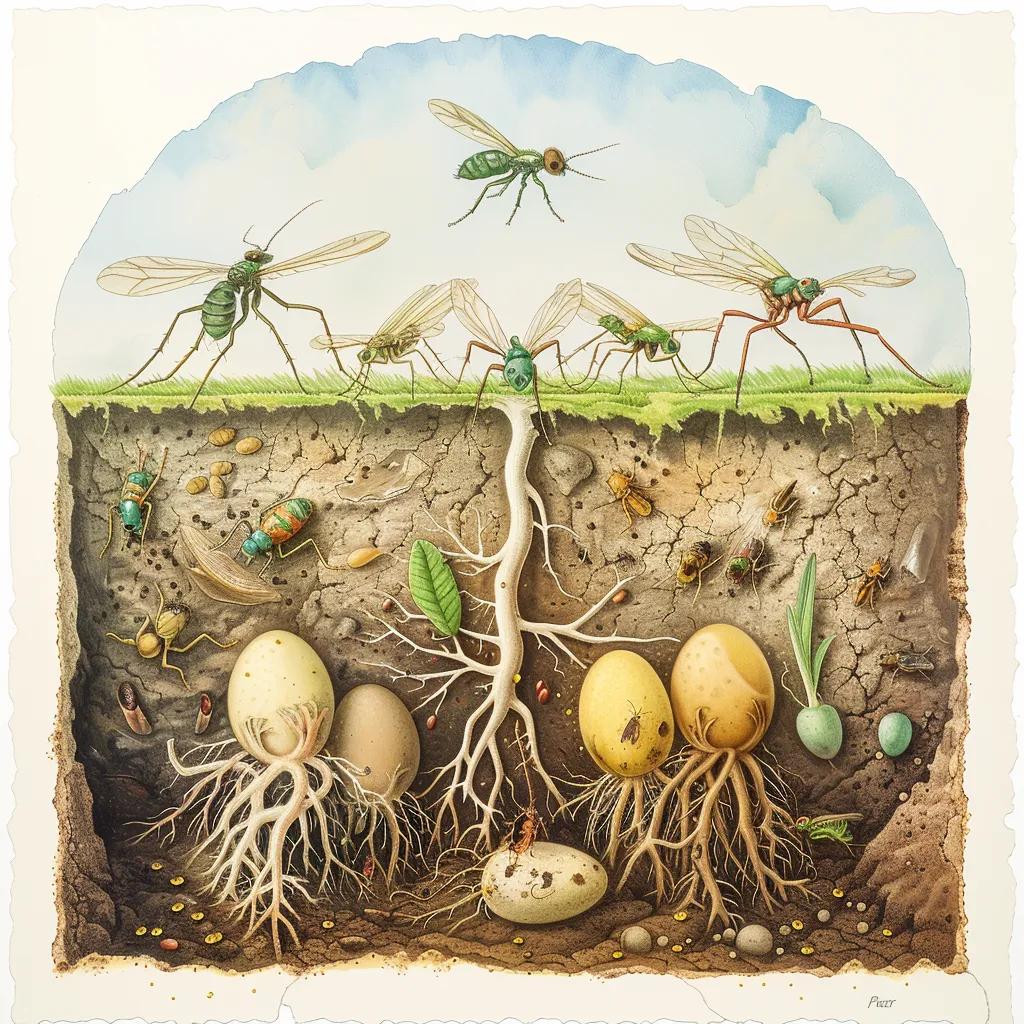
Fungus gnats progress through four stages—egg, larva, pupa and adult—in 3–4 weeks under warm, moist conditions.
- Eggs hatch in 4–6 days.
- Larvae feed for 10–14 days.
- Pupae develop for 4–6 days.
- Adults emerge to mate and lay new eggs
Tracking these stages helps target interventions at both larval and adult phases for effective control.
Fungus Gnat Life Cycle and Control
Fungus gnats have a life cycle that includes egg, larva, pupa, and adult stages, typically completed in a few weeks under favourable conditions. Effective control strategies often target multiple stages of this cycle to reduce infestations.
How Can You Identify a Fungus Gnat Infestation?
Look for persistent flying gnats around pots, tiny white larvae in damp soil, and slow plant growth despite healthy foliage. Sticky yellow cards often reveal adults hovering near the soil surface, confirming infestation.
How Do Leaf of Faith Sticky Traps Work to Control Fungus Gnats?
Leaf of Faith sticky traps combine visual attraction and a plant-safe adhesive to intercept adult gnats before they lay eggs. Positioning traps at soil level disrupts the breeding cycle and reduces larval populations in the substrate.
Why Are Sticky Traps Helpful for Managing Adult Fungus Gnat Activity?
Adult fungus gnats are naturally drawn to visual cues and often linger around the surface of pots or soil. Sticky traps provide an effective landing surface that helps capture these insects before they can interfere with your plant’s roots and growing conditions.
How Sticky Traps Support Healthier Plants
By intercepting adult gnats, sticky traps help reduce the chances of eggs being laid in the soil—breaking the cycle and protecting the delicate root systems of your indoor plants. It’s a gentle, chemical-free way to support healthy growth and maintain a more balanced environment around your greenery.
What Is the Trapping Mechanism of Leaf of Faith Sticky Traps?
Each trap is coated with a natural, non-toxic glue derived from plant starch. When an adult gnat lands, it becomes immobilised on the adhesive surface and cannot escape.
How Do Sticky Traps Help Break the Fungus Gnat Life Cycle?
By capturing adults before they reproduce, sticky traps prevent new egg deposition in the soil. Interrupting adult emergence directly reduces larval feeding damage and population rebounds.
What Are the Key Benefits of Using Leaf of Faith Sticky Traps for Fungus Gnat Control?
Leaf of Faith sticky traps deliver fast, chemical-free protection that integrates seamlessly into any indoor gardening routine.
Why Are These Sticky Traps a Safe and Natural Solution?
Our traps contain no synthetic pesticides, ensuring safety for plants, children and pets. The compostable corn-based card and plant-derived adhesive break down naturally after disposal.
How Easy Are Leaf of Faith Sticky Traps to Use and Apply?
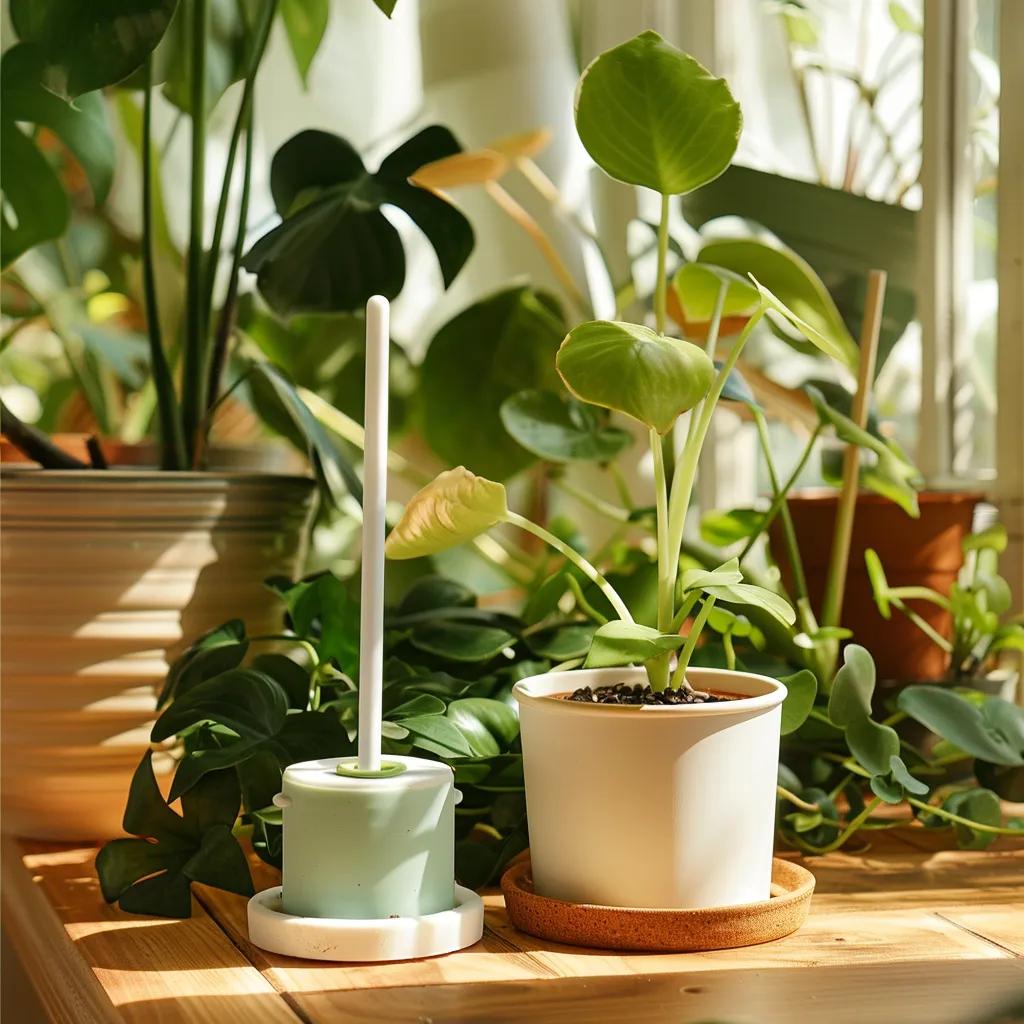
Below is a comparison of application methods for versatile placement around potted plants.
| Application Method | Feature | Benefit |
|---|---|---|
| Pot Rim Stick | Peel-and-stick card | Quick installation without extra tools |
| Soil Stake | Biodegradable stake included | Adjustable height for hanging in larger pots |
Both methods require no assembly, making trap deployment a simple step in any plant care session.
How Long Do Sticky Traps Remain Effective Before Replacement?
Each trap stays sticky for 4–6 weeks under indoor conditions. Replace cards once more than 50% of the surface is covered by insects or dust to maintain trapping efficiency.
How Can You Use Sticky Traps Alongside Other Natural Fungus Gnat Prevention Methods?
Integrating sticky traps with cultural and biological controls creates a robust barrier against fungus gnats.
What Watering and Soil Practices Help Prevent Fungus Gnat Infestations?
Allow the top 2 cm of soil to dry before watering to discourage egg laying. Opt for bottom-watering or self-watering pots to minimise surface moisture. Well-draining mixes with coarse perlite reduce larval habitat and support healthy root growth.
Which Natural Remedies Complement Sticky Traps?
Complement your traps with these eco-friendly treatments:
- Apply a neem oil soil drench to disrupt larval feeding.
- Introduce Bacillus thuringiensis israelensis (BTI) granules to target larvae biologically.
- Scatter horticultural sand as a dry barrier on soil surfaces.
- Use beneficial nematodes to parasitise larvae underground.
These methods work in concert with traps to suppress all life stages of fungus gnats.
How Does Integrated Pest Management Support Long-Term Fungus Gnat Control?
Combining monitoring (sticky traps), prevention (proper watering and soil hygiene) and targeted treatments (neem oil, BTI) maintains low pest pressure. Regular inspection and cultural adjustments ensure lasting protection for indoor gardens.
Where Can Australian Plant Enthusiasts Buy Leaf of Faith Sticky Traps and Get Support?
Leaf of Faith offers nationwide shipping and a network of garden centre partners across Australia.
Why Choose Leaf of Faith for Natural Plant Pest Control in Australia?
We’re an Australian e-commerce specialist dedicated to providing eco-friendly pest solutions tailored to local conditions. Our commitment to sustainability and plant health drives every product design.
How Can Customers Share Their Success Stories Using Leaf of Faith Sticky Traps?
Plant lovers can post photos and reviews on Instagram with #LeafOfFaithGarden or join our Facebook community to swap tips and display before-and-after results.
Where to Purchase Leaf of Faith Sticky Traps Online and In-Store?
Visit the Leaf of Faith online shop at leafoffaithsa.com.au or find our traps at select garden centres in Sydney, Melbourne, Brisbane and Perth.
To support healthy indoor plant growth, start using sticky traps as part of your care routine. Pair them with thoughtful watering habits and balanced soil practices to create a thriving, resilient indoor environment for your plants.


